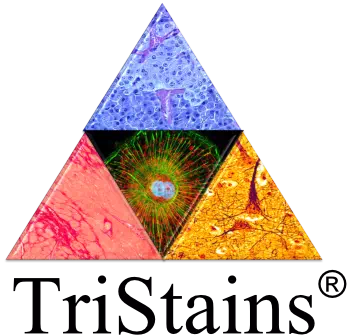Buy May-Grünwald’S Eosine-Methylene Blue-EMB (-) MF: – | MW: -. Get High Quality May-Grünwald’S Eosine-Methylene Blue-EMB (-) from TriStians.
May-Grünwald’S Eosine-Methylene Blue-EMB product by Tristains. Our Tristains brand meet the highest excellent standards & supply awesome color performance of preferred additives of cells and tissue in lifestyles science laboratories. In-addition Tristains also have organic stains, which cover & satisfy the want of Biological, Histology, Cytology, Microbiology, and Hematology laboratories.
“TriStains”, Biological Stains that offer range of stains used in Histology, Cytology, Microbiology and Hematology laboratories.
TriStains meet the highest quality standards and give excellent color performance of desired components of cells and tissue in life science laboratories.
TriStains series products are carefully tested to ensure accurate, reliable, and reproducible results. Our products are available in different packaging sizes to allow you to get all types of stains & Indicators for your specific purposes from a single source.
In-addition Tristains also deals in numerous Laboratory Supplies, Chemicals, Equipment, Instruments, Reagents, Standard Solutions, Buffers, Biological Stains & Indicators and many more, for more information please visit our website www.tristains.com or email to sales@tristains.com we will be happy to help you. All Tristains Products are exclusively distributed by Dawn Scientific Inc (https://dawnscientific.com)













Reviews
There are no reviews yet.